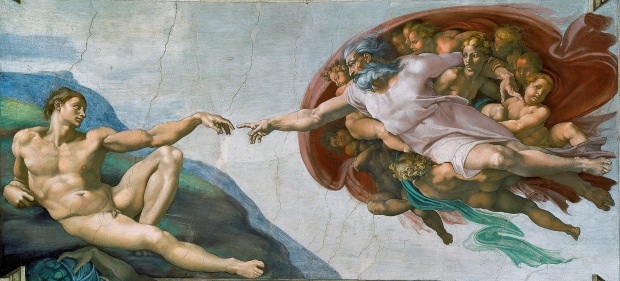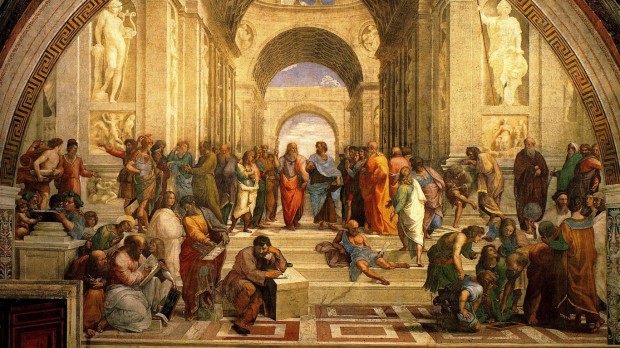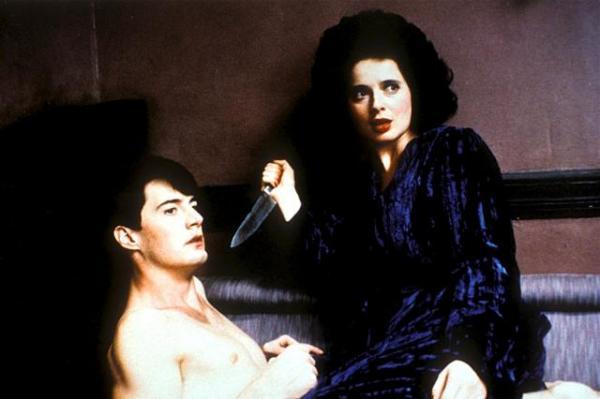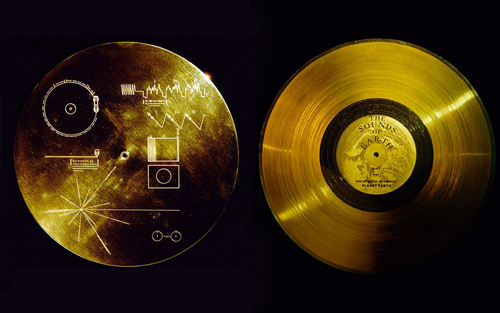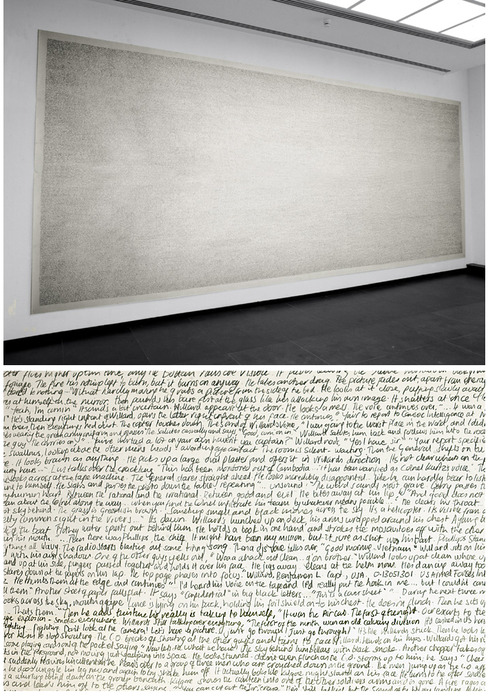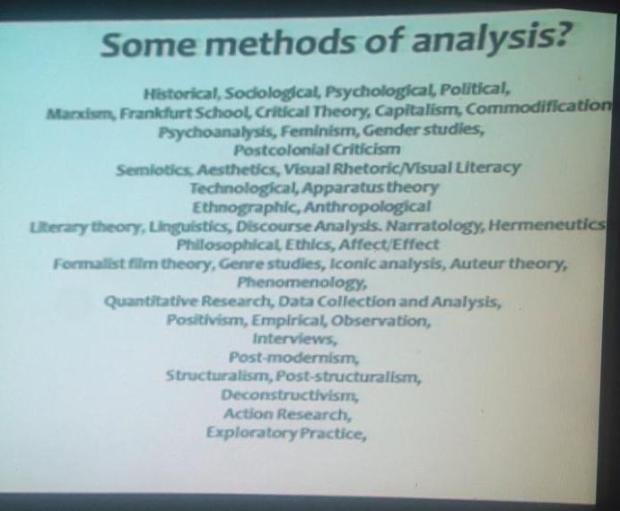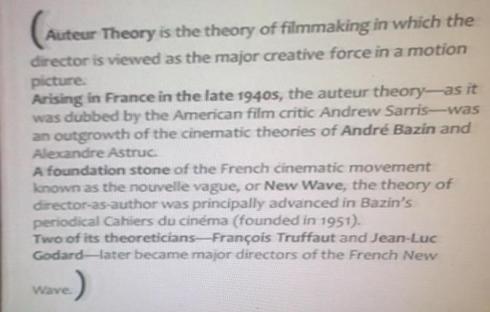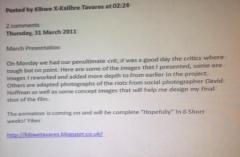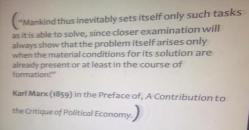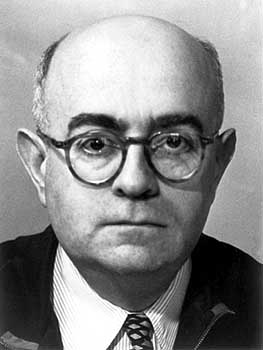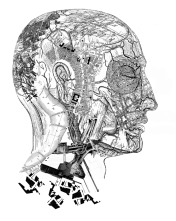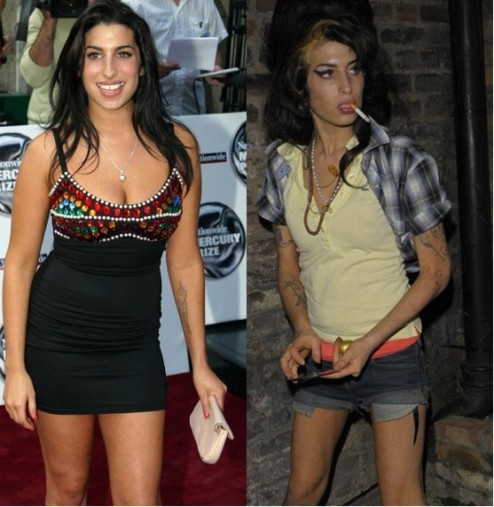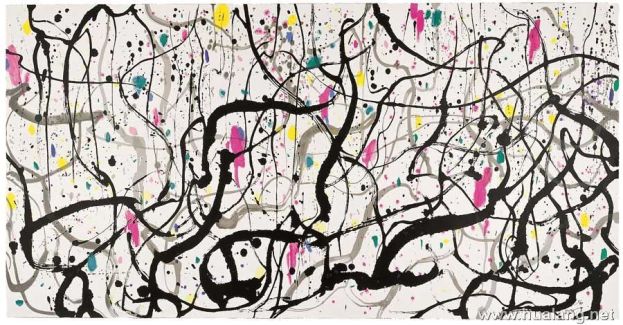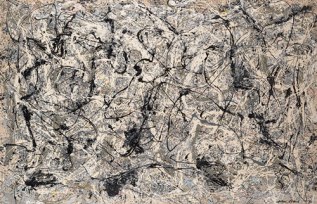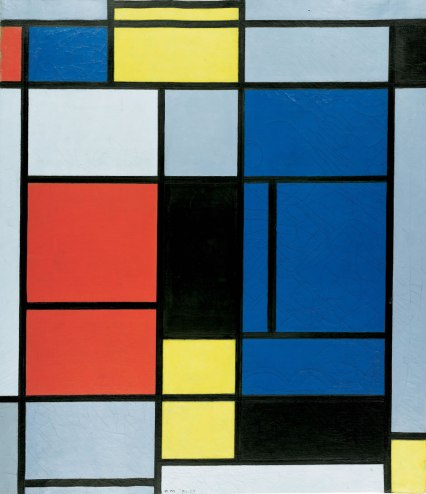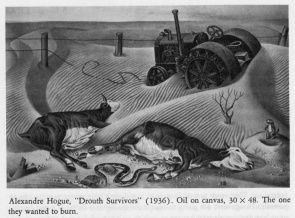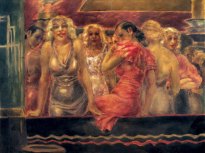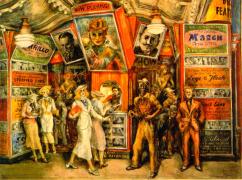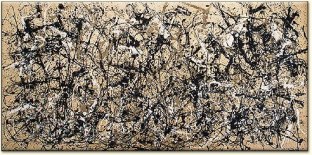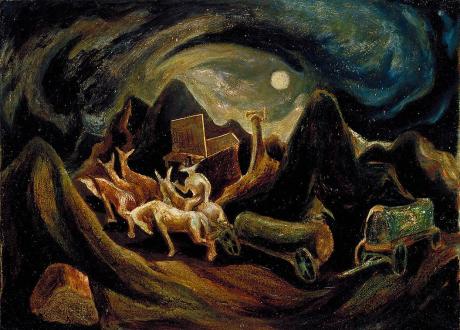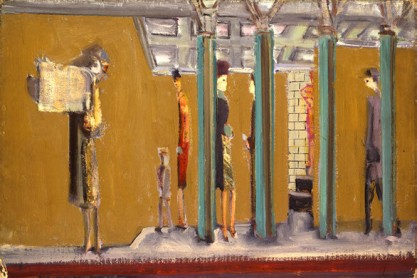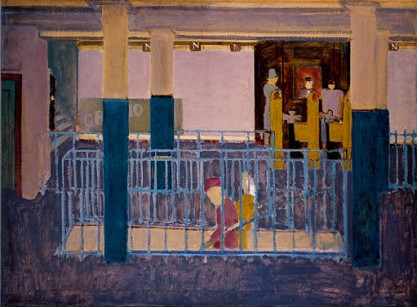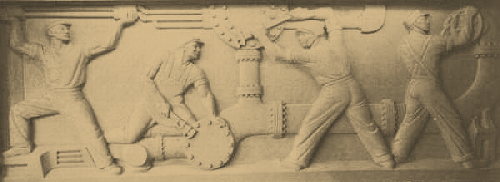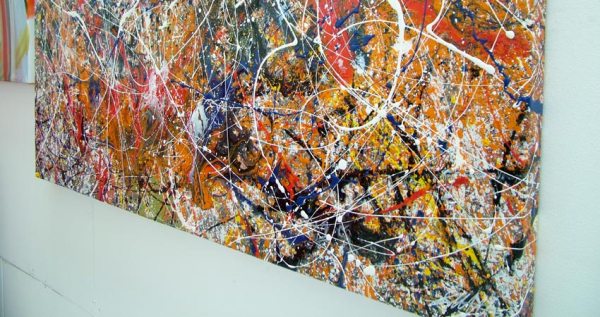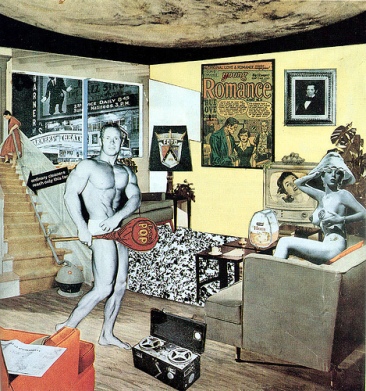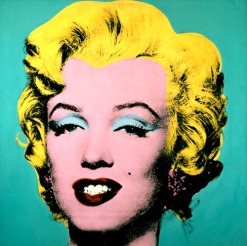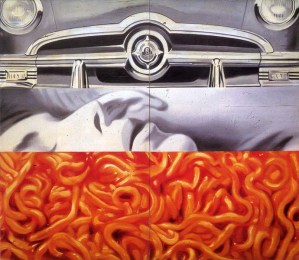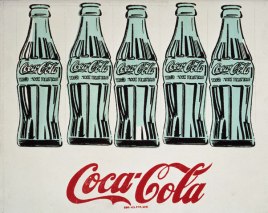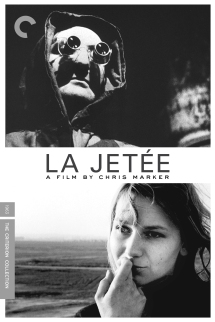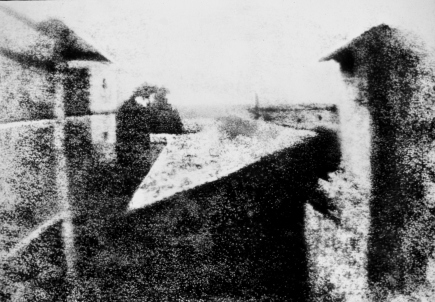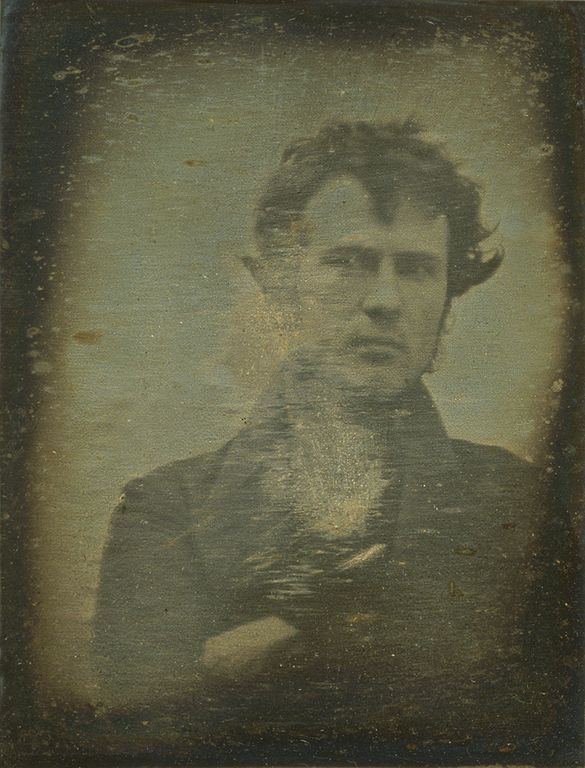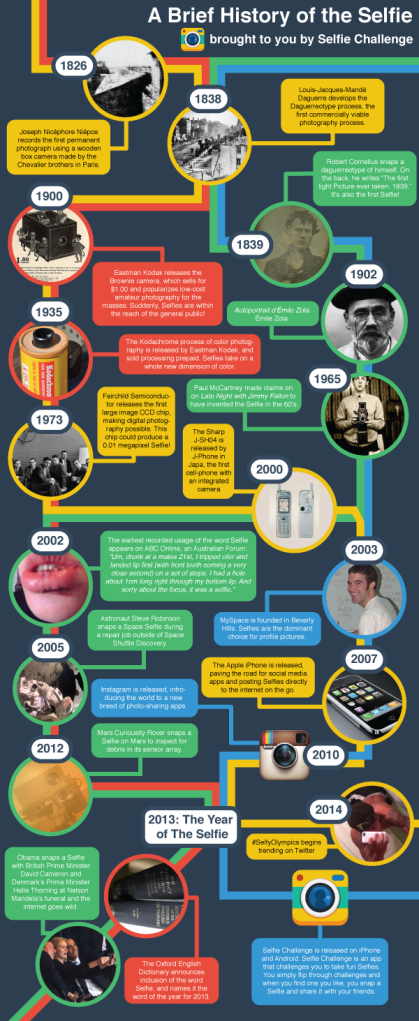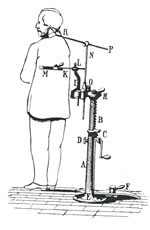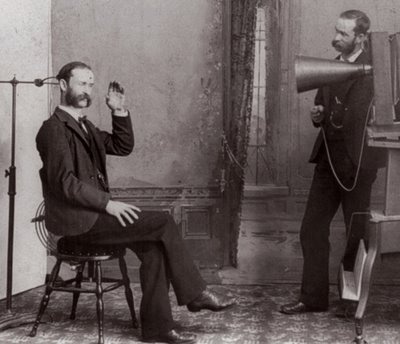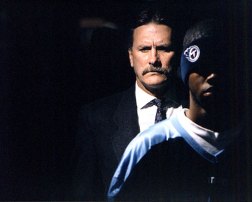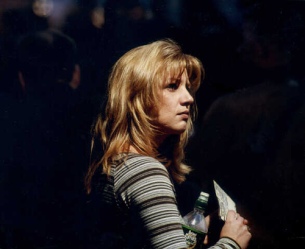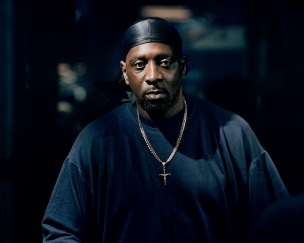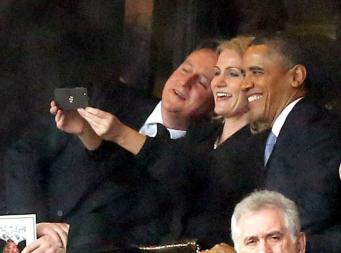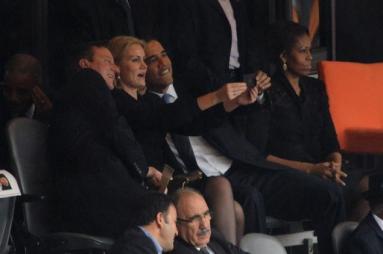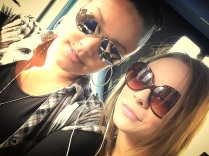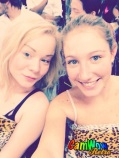“Signs of the Times”
At the end of this course of lectures, seminars, exhibition visits and workshops you have to produce a publication, which could be in the form of a pamphlet, or blog/website, or newspaper, or catalogue, or magazine, or zine, that is a chronicle of these lectures, seminars and workshops. This will mean you will have to take notes on every session and upload them to your blog weekly, so you can then use them to write up your ‘publication’. You will also have relevant reading each week that will enhance your understanding of the theme of the session and will help you write an articulate ‘article’.
Each lecture, seminar or workshop will have its own section, chapter, page or pages dedicated to it. As in any publication these will be your individual sections/articles and will be fully illustrated/captioned and cited and referenced in a bibliography. Whenever you use a piece of information in your articles you must reference them by telling the readers where you got this information from, i.e. the author of a book, website, magazine etc.
During each session you must take extensive notes and/or record the session, as a journalist would at a press conference. These notes will form the basis of your articles/sections. You will start to write up these notes in the library immediately after the lectures whilst it is fresh in your mind. You will choose one of the lectures, seminars or trips to make into a long form ‘journal article’ and will be an extended piece of writing of 2,000 words long and again it will be fully illustrated/captioned and referenced.
The form, design, layout and size the publication takes is entirely up to you. It may be a small A5 size pamphlet or a broadsheet A1 style newspaper or an online presence, website/blog. You may want to use one of the visual ideas discussed during the lecture series or a combination of visual ideas, depending on what you want the publication to look like. You will have special lectures and workshops that will help you conceptualise and manufacture these artefacts.
Assignment Title: ‘Signs of the Times’
Hand-in/Deadline date: Friday 23 May 2014 by 8.30pm
Hand-in method: Manual hand in via hand in office D104 by 8.30pm
MY CHOSEN QUESTION:
Q1. With reference to no less than three writers or theorists you are required to offer a critical evaluation of one cultural artifact of your choosing (an artifact is a man-made object that might be considered to be of particular social and cultural interest. Examples would include a piece of music, paintings, sculptures, or even iconic design objects like the Mini or the Volkswagen Beetle)
An Anatomy of an Academic Essay: (Part 1 The Skeleton)
Pre-face: The conception
Before the start of any essay you need to bring it to life. This usual means looking at the question or questions or what the brief set for you very closely. Or by setting yourself a question you would like to answer. It this case you were asked to chose a piece of cultural production to start your three types of analysis from. It is the forms of analysis, the methods that you use that you need to research as much as the thing you are scrutinising.
Introduction (The Head)
Section (The Body)
Section (The Body)
Section (The Body)
Conclusion (The legs)
Bibliography (The feet)
To elucidate further:
1) A Cover Sheet
At UAL/LCC you also need to have a cover sheet that tells the reader and the people administrating your essay who you are and which course you are from. You should include your full name as the University has it on their records, your student number, year and course you are on, the unit title and your LCC email address.
2) Title
The hat/hair in this case is the title of the essay and as Helen Sword the author of, Stylish Academic Writing (2012a) argues, ‘Snakes on a Plane” is an inviting title; “Aggressive Serpentine Behaviour in a Restrictive Aviation Environment” is not.’ (Sword 2012b)
3) An Introduction
Why? An Introduction should tell the reader why you have chosen to write about the subject you have spent so much time researching. It both tells us why you personally choose it and why you think it is important to you and your thinking about the subject. This is sometimes called the rationale and can be if you wish, a separate piece of writing as will be suggested in your dissertation unit.
What? You then should describe and explain to the reader what it is you have chosen to write about. At this stage you need to decide how much detail you wish to go into about the subject. If you are going to have a chapter on the history of the subject then you can keep this brief. If this is where you situate your subject in its various contexts and histories then you can elaborate more at this point. Do not make it too long otherwise it should be in a section on its own after the introduction. Use images at this stage to help the reader understand more fully what it is you are talking about. They also will allow you to save your words for the more important task of analysing and evaluating the research you have carried out.
How? You then tell the reader how you went about this study and the reasons why you chose these particular methods to investigate and explore your subject. This is sometimes called the methodology section and if in a longer piece of writing might have its own section after the introduction. In this essay you will have to explain why you chosen the three ways of analysing your chosen piece of cultural production and how you think they will help you think more deeply about it and what it means.
When? If you have not already done so in the how section you then need to tell the reader what is going to actually happen in the essay and when and why you have structure or ordered in this way. This will help the reader navigate through your essay and set them off on the right foot.
4) Backbone and DNA
From the title through the introduction to the body of the text and on to the conclusion your essay needs to have a backbone/spine that every thing hangs off. It is what you return to in each section of writing and it will help you stay focussed as a writer. It will help you to remember what the question is and help the reader understand your central arguments. Another analogy is that all writing of this sort needs to have DNA running through it so that we know where it is coming from and where it is going.
5) Organs
After the coversheet, the title and the introduction in all it parts comes the main body of your text. For this essay you have been asked to choose three different ways of describing, analysing and situating a piece of cultural production of your choice. This obviously lends itself to a three-part structure. In a longer piece of writing you might have more sections and often it is between 3 and 5 chapters but there may ne more depending on what type of writing it is. You have roughly 500 words per section so the have to do a lot in a very short amount of space. They have to work hard to keep the whole body alive and kicking. Always put in as many illustrations as you need and as near as to where you are talking about them as possible.
6) Digestive/Nervous/Respiratory Systems
“Each of the 3 main sections will describe, analyse and situate your chosen piece of cultural production in 3 distinct, separate and different ways. You will take 3 different views, angles, positions, writing styles, of it. You could look at it through 3 different theoretical ‘lenses’ from your own area of practice. You could do a semiotic analysis of it. You could psychoanalyse it. How would Sigmund Freud see it? How would a forensic scientist look at it? How would an artist look at it? Would people of different ages, cultures, genders look at it differently? You could use 3 different genres of fiction writing to describe, analyse and situate it. How would you describe it in a sci-fi way? If it was written like a gothic novel what would it read like? Whatever 3 ways you choose, they must try and say something about your piece of cultural production that has not been said before. This will mean you have to research a variety of ‘methods’ of analysis.” (Ingham 2014)
7) Blood Vessels
To keep your body alive you need a good circulatory system and this means that you need to keep your ideas a live. One way of doing this to introduce each section to remind the reader what it is they are about to digest and why it you have done the section in the way you have. If you have the words you can conclude each section with a summing up of the main points you have discussed and if possible evaluate them as to their worth to your overall arguments. I always think it help the reader to have (snappy) titles for each section that names the parts of the body.
Conclusions can mirror the introduction and help the reader understand clearly what it is you have tried to argue in the body of the text. It is the place where you can shine and show how much work you have done and how your thinking might have changed by doing the research for the essay.
Conclusions keep the essay running: According to Tips for writing a good conclusion (2014) “Like introductions, conclusions are important because they leave an impression. Since the conclusion is the last thing your audience reads, it may leave the most lasting impression. An effective conclusion should make readers glad that they read your essay.” (Jacobi 2014)
Conclusions are strong muscular pieces of writing. “An effective conclusion will often: Push beyond the boundaries of the question or subject. Elaborate on the significance of your findings. Highlight the most important moments of your argument. Demonstrate the importance of a particular idea. Propel your reader to think about your subject in new ways” (Ibid)
“Strategies for writing effective conclusions: Give yourself time away from the essay before you create the conclusion: This will give you the ability to look at your essay with a fresh perspective, so that you can come back to it and see the overall importance or significance of your own argument with new eyes. Play the “So what?” game: Read back your thesis and topic sentences to yourself and then ask, “So what?” Your answers will help you write a conclusion that emphasises the broader significance of your subject. Free write your conclusion in the form of a letter or email (to yourself or to a friend). Writing informally can help free your thinking and help you focus on the big picture. Think about what you’ve learned about the topic as you have gone through the process of creating the essay.” (Ibid)
“Ineffective conclusions: “So This Is What I Just Said” Simply summarising exactly what you already said without adding anything in terms of the significance of your subject or the big picture is easy, but also not very interesting. “We Shall Overcome” An overly emotional declaration is not very appropriate for an academic paper, and often falls into cliché.” (Ibid)
